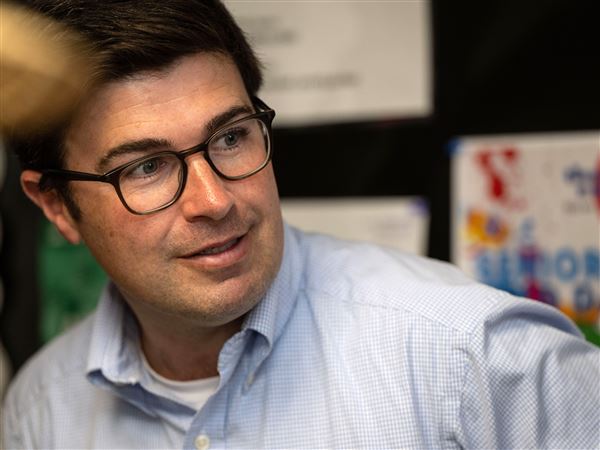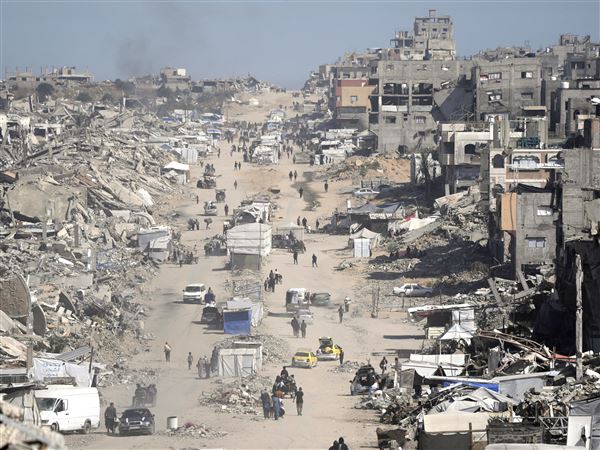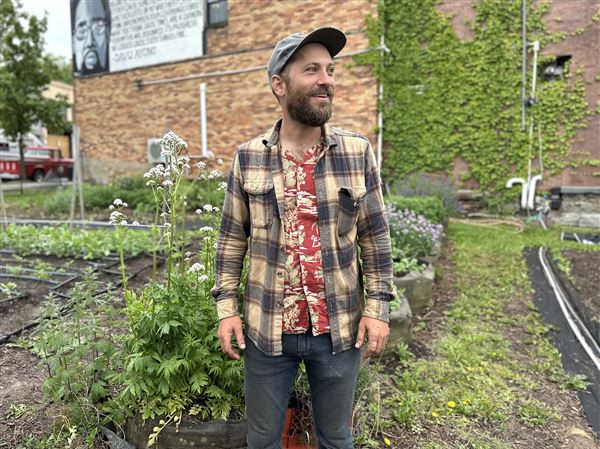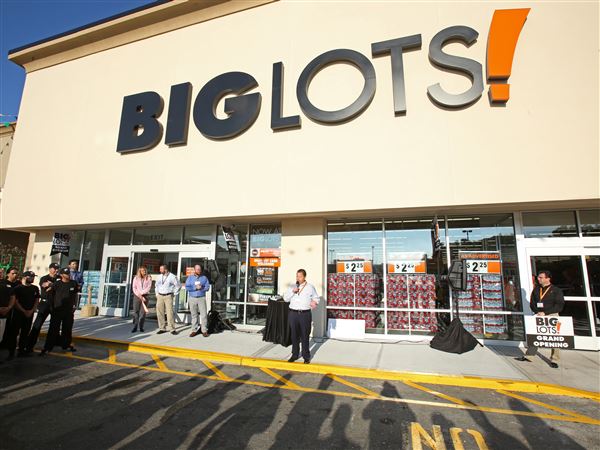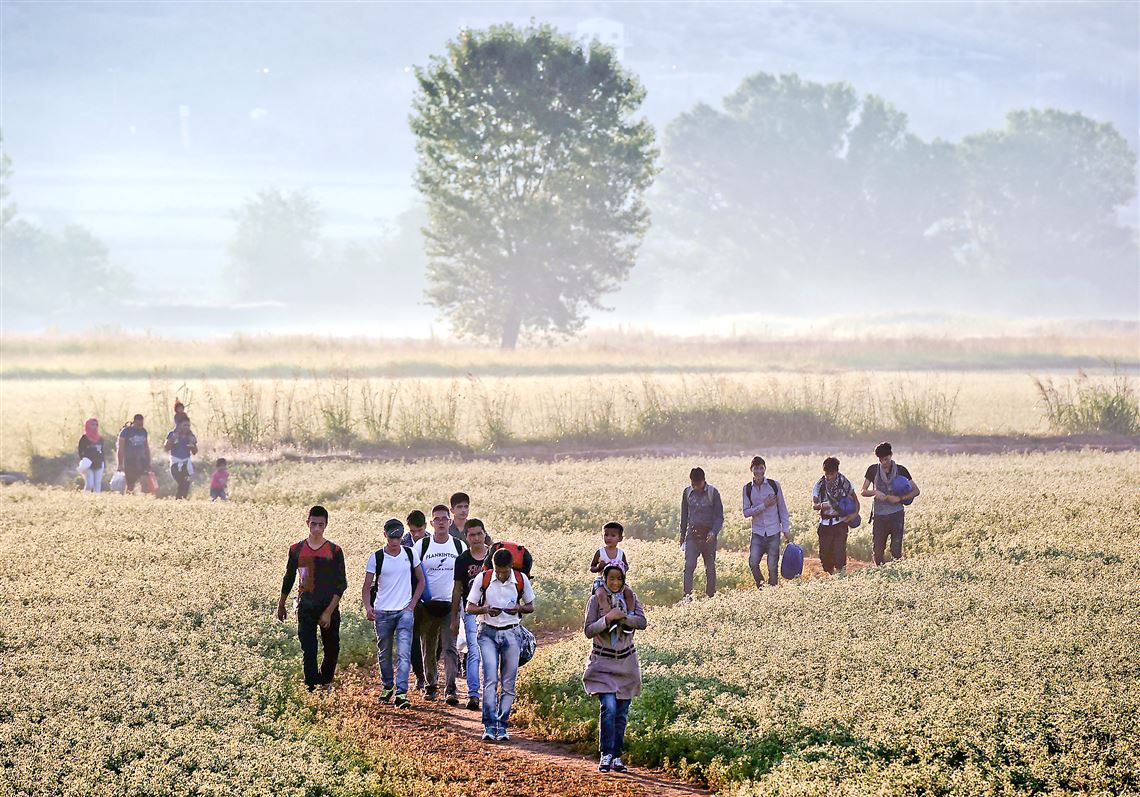LONDON — The smugglers responsible for driving 71 migrants to their deaths in the back of a cramped, unventilated truck in Austria were part of a vast international syndicate that has been a subject of multiple criminal investigations, a leading European law enforcement official said Saturday.
So far, just four relatively low-level operatives have been arrested in connection with the deaths, which were discovered Thursday when authorities pried open the door to an abandoned truck emitting a noxious odor on the main highway between Budapest and Vienna.
Rob Wainwright, director of Europol, said in an interview that his organization and national law enforcement agencies were “working urgently” to catch the ringleaders of an operation that epitomizes the rapid expansion and increasing sophistication of human smuggling networks across the continent.
“It was a direct hit in our systems,” said Mr. Wainright, whose agency serves as the law enforcement arm of the 28-member European Union. “We were able to make intelligence connections with many other cases that we’re currently working on across Europe.”
The horrifying nature of the deaths has drawn attention as never before to the smugglers who have become instrumental and much-loathed players in the migrant crisis that is playing out across Europe.
From European capitals to the White House, leaders in recent days have called for a fresh crackdown on the networks that have enabled more than 300,000 migrants to reach the continent this year, while also leading at least 2,600 more to their deaths.
But the smugglers are becoming harder to combat as their operations become more agile, more international and more innovative in their use of new tools such as social media, Mr. Wainright said.
The exponentially growing scale, too, has proved a difficult impediment for police and intelligence services.
That growth was on display Saturday in the southeastern Hungarian town of Kecskemet, where the four detained suspects went before a judge, who granted a prosecutor’s request to extend their detention.
The town’s chief justice, Ferenc Bicskei, said the court has seen a surge this year from three or four cases of migrant smuggling a month to 25 or 30. The increase has been mirrored across Hungary, where police officials say 827 cases have been registered this year, compared to 593 in all of last year.
But none have received anywhere near the attention of this case.
The four men, ranging in age from 28 to 50, appeared at a closed judicial session Saturday after being led into the courthouse with their hands shackled. One smiled faintly as cameras flashed.
A spokesman for the prosecutor’s office, Gabor Schmidt, said the truck, which was registered in Kecskemet, began its journey in this quaint Hungarian town an hour’s drive from Budapest and picked up the migrants after driving south toward the Serbian border. It then reversed and headed north through Hungary before passing into Austria.
Mr. Schmidt said the men would likely face people-smuggling charges that could yield sentences of up to 16 years. Austrian authorities are seeking the suspects’ extradition as part of a homicide investigation.
Those arrested included a Bulgarian national of Lebanese descent believed to be the truck’s owner. Two other Bulgarians and an Afghan were also taken into custody, Hungarian police said. The suspects’ identities have not been revealed.
The discovery of the truck on Thursday was followed only hours later by another tragedy some 2,000 miles away, where at least 117 people drowned when a boat, unprepared for the rigors of a voyage across the Mediterranean, capsized soon after it left Libya.
The deaths added to a toll of at least 2,600 people who have lost their lives this year while seeking sanctuary in Europe. As the grisly details of the recent incidents emerged, officials and rights advocates demanded that the continent’s leaders create safe passages that would allow refugees to bypass treacherous journeys in the hands of unscrupulous smugglers.
In a statement, issued late Friday from the United Nations headquarters in New York, U.N. Secretary-General Ban Ki-moon said he was “horrified and heartbroken” by the deaths en masse of scores of migrants on land and at sea in recent days.
In an implicit rebuke to European leaders who have squabbled for months while doing little to resolve the crisis, he called for governments to offer “comprehensive responses, expand safe and legal channels of migration and act with humanity, compassion and in accordance with their international obligations.”
“This is a human tragedy that requires a determined collective political response,” he said. “It is a crisis of solidarity, not a crisis of numbers.”
The call added to an emerging chorus of pleas for action amid signs that at least some European leaders are prepared to push for fundamental change. Yet it remained unclear whether those efforts would succeed given the deep divisions that remain between national governments in the 28-member European Union, which works on the basis of consensus.
The latest incidents in a year marked by tragic ends to desperate flights shocked the consciences of many across the continent.
The dead in Austria included four children, the youngest just a year old. It remained unclear why the migrants, at least some of whom were believed to have been fleeing the war in Syria, were left to suffocate.
“The solution is not to increase border controls but to open more legal ways to Europe,” Austrian Interior Minister Johanna Mikl-Leitner said at a news conference in the town of Eisenstadt, near the highway where authorities on Thursday discovered the truck’s gruesome cargo.
German Chancellor Angela Merkel, whose government has in recent days called for unified European asylum policies, said there were “intense efforts on a European level so this issue can be dealt with better than we are able to do now.”
But there was also deep skepticism that European leaders would reach agreement after months of indecision and bitter recrimination over who should bear the burdens of the war-, poverty- and oppression-driven exodus from the Middle East, Africa and South Asia.
Earlier tragedies have come and gone with little coherent action as well as an ever-growing disparity between the countries that have welcomed tens of thousands of asylum-seekers and those that have spurned efforts to settle hundreds. Several Eastern European nations, as well as Spain and Britain, have proved resistant to any attempt to impose Europe-wide quotas for accepting refugees.
“I’d say that something major would have to happen. But something major already has happened,” said Neil Quilliam, who leads the Middle East and North Africa program at the London-based think tank Chatham House. “It’s hard to see what it will take to actually change the policy.”
The refugee crisis that has roiled Europe this year has myriad causes, and rights advocates acknowledge that there are no easy solutions. But migration experts say the crisis could be mitigated by policies that expand access to visas for those from conflict-ridden countries and allow asylum-seekers to apply from their home regions, rather than waiting until they have risked their lives on treks across thousands of miles of land and sea.
“People use smugglers because they lack safe and legal alternatives to get into the European Union,” said Katerina Kratzmann, head of the International Organization for Migration’s Austria office. “Migration itself is not the problem. It’s just reflecting what’s happening in the world right now. But the system we have in the E.U. doesn’t match that situation.”
Until now, much of the focus among European policymakers has been on halting the flows, either by destroying smugglers’ boats or building fences to keep would-be migrants out of Europe.
But the deadly incidents this week reflect the lengths to which people are willing to go to flee their home countries and arrive on a continent that is seen as an oasis of stability and prosperity.
The United Nations’ refugee agency said Friday that more than 300,000 people have tried to flee across the Mediterranean so far this year, far surpassing the 219,000 who sought to cross during all of 2014. At least 2,600 have died this year; but as was the case with the migrants who drowned on Thursday night, the true toll may never be known.
Jamal Naji Zubia, who heads the foreign-media department for the Tripoli-based “National Salvation” government, one of two rival authorities in Libya, said Friday that 117 people drowned and 198 were rescued after a migrant ship sank off the coast of far-western Libya.
Fouad Gamoudi, coordinator for Doctors Without Borders in Libya and Tunisia, said his staff had seen at least 40 bodies on the deck of the badly damaged wooden boat, which was hauled ashore in the western Libyan town of Zuwarah after it capsized.
“Their boat was supposed to go to Italy. But it didn’t even make it 10 miles,” he said. “The ships they’re using are getting worse and worse. But people keep coming from all over.”
Once in Libya, the migrants are desperate to leave. The country has been torn apart by civil war, with multiple factions controlling various patches of territory. Underlining the confused situation, there were conflicting reports Friday as to whether one boat had sunk or two.
The peril doesn’t end after migrants arrive in Europe, as the deaths of 71 people in the back of the truck abandoned on the main highway between Budapest and Vienna attest. The decomposed bodies were discovered Thursday, and police were uncertain until Friday exactly how many were inside.
Among the dead, 59 were men and eight were women, said Hans Peter Doskozil, the police chief in the eastern Austrian province of Burgenland. Also dead were a baby girl and three boys ages 8 to 10.
Mr. Doskozil said that although the identities of the dead were still being established, a Syrian identity card found among the bodies suggested the group may have been fleeing the civil war in that country, as is true of many of the refugees who pass through Austria en route from Greece and the Balkans to northern Europe.
Mr. Doskozil said Austrian authorities were working with Hungary to seek the extradition of the four suspects in custody. But he acknowledged that they were probably in the lowest ranks of smuggling operations that have grown increasingly sophisticated and lucrative as the number of migrants has surged.
Ruth Schoeffl, a Vienna-based spokeswoman for the U.N. refugee agency, said aid workers had in recent weeks received increasing reports from migrants of being packed into overcrowded vehicles with little or no access to food or water, even as summer temperatures climbed.
Still, she said the horror of 71 people suffocating to death was unlikely to deter others from attempting the journey.
“They know it’s dangerous, but still they try,” she said. “They’re running for their lives anyway. So they take the risk.”
First Published: August 30, 2015, 4:00 a.m.

